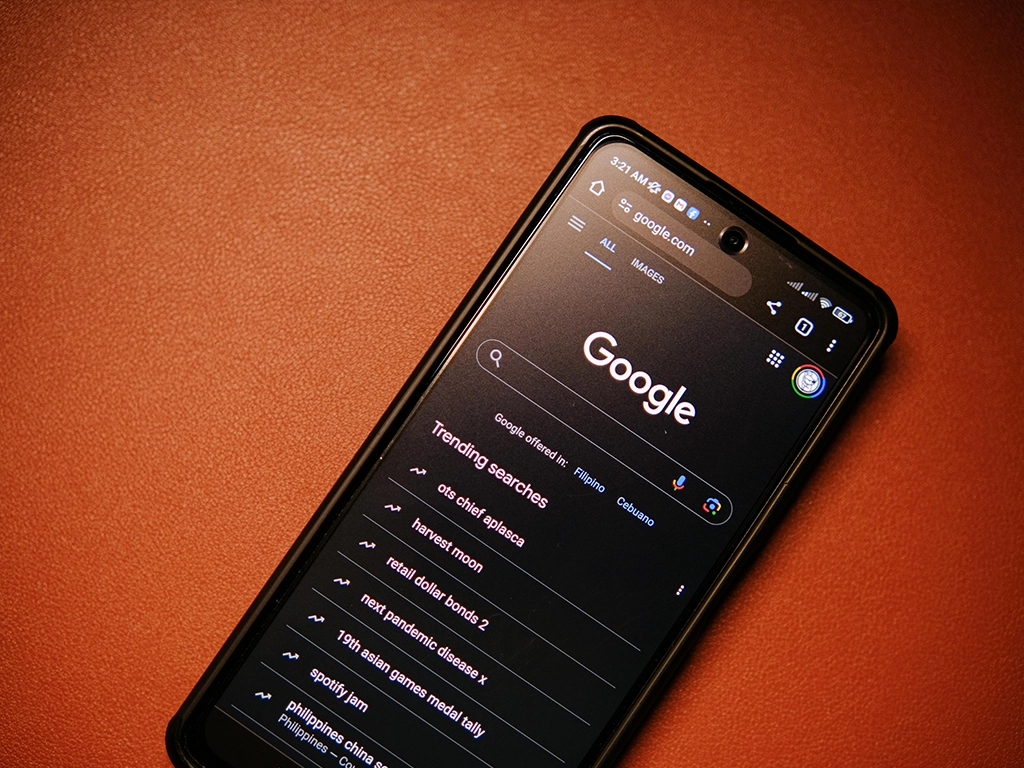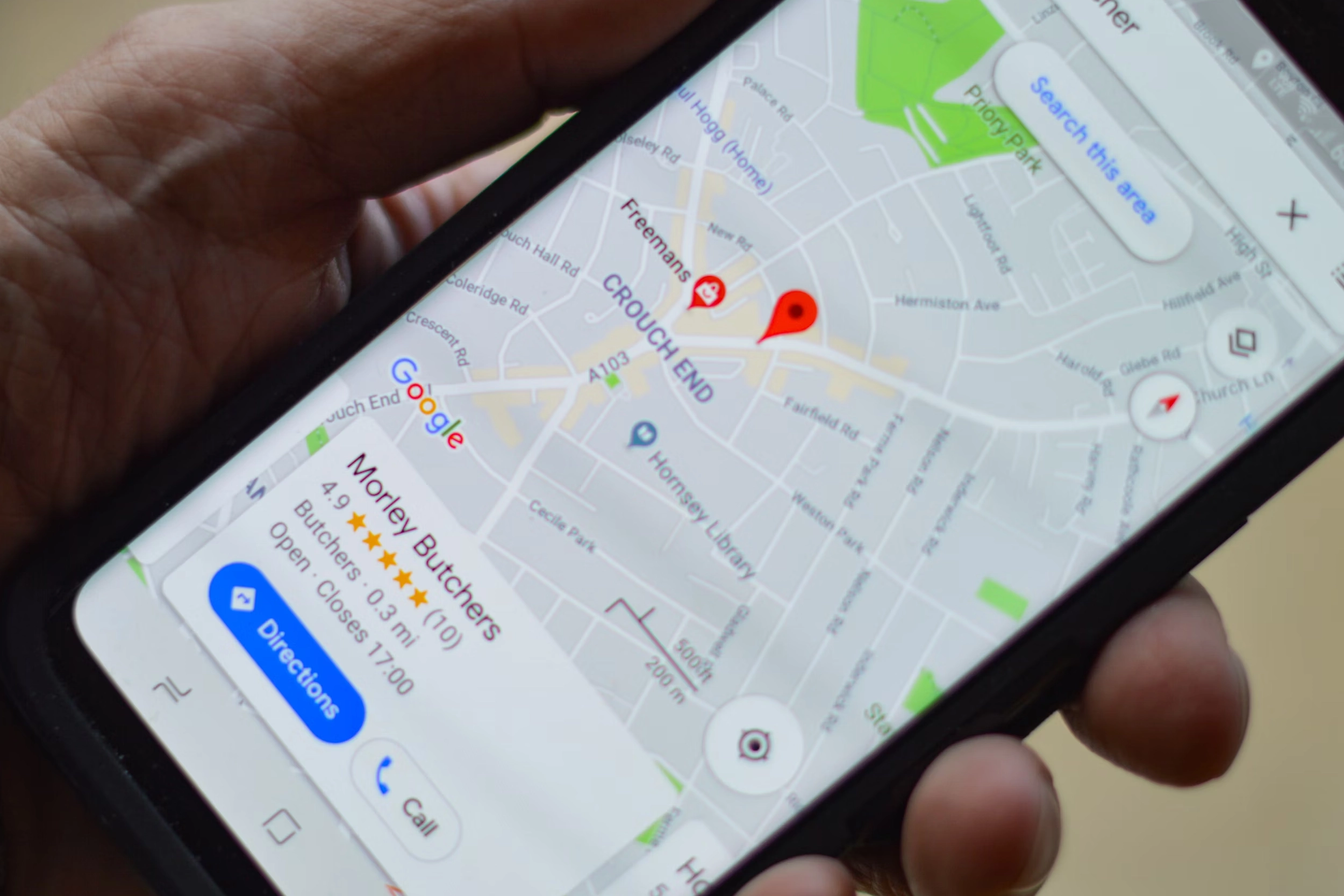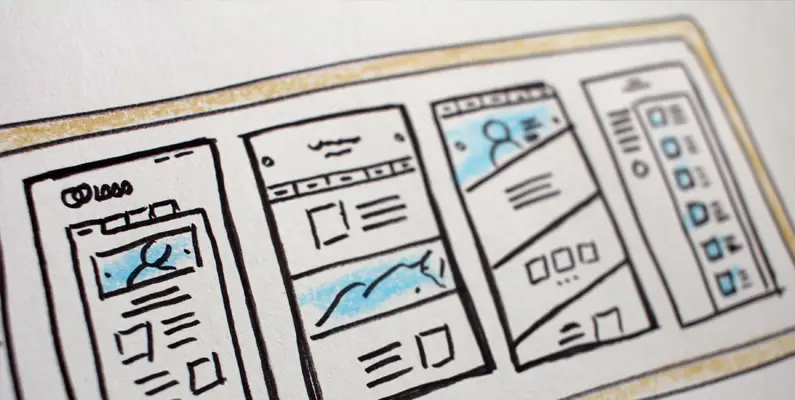
5 Web Design Trends Every Business Should Embrace in 2025
As we look ahead to 2025, web design continues to evolve in exciting ways. Today, a great website is not just about looking good — it's about creating a seamless, engaging, and personalized experience for users. For businesses aiming to stay competitive, understanding the latest web design trends is crucial.
We've indicated five web design trends that every business should embrace in 2025. By staying ahead of these trends, you can ensure that your website not only meets the expectations of modern users but also stands out from the competition.
1. Mobile-First Design: Why It’s More Important Than Ever
In 2025, mobile-first design is no longer a trend — it's a necessity. With more people browsing the internet on smartphones and tablets than ever before, Google now ranks websites based on their mobile versions. This means that mobile-first design isn’t just about optimizing for smaller screens; it’s about creating a design that’s specifically built for mobile users.
Why Mobile-First Design Matters:
- Improved User Experience: Mobile-first design ensures that your website is fully optimized for mobile devices, offering a seamless browsing experience no matter the device. This leads to lower bounce rates and higher user satisfaction.
- Better SEO: Google prioritizes mobile-friendly websites, so having a responsive, mobile-optimized site will help improve your search engine rankings.
- Faster Load Times: Mobile-first websites tend to load faster, which improves user experience and is a crucial ranking factor in Google’s algorithm.
How to Implement It:
Start by designing your website for mobile devices first. Focus on simple, easy-to-use navigation, fast loading times, and ensuring that key information is front and center. After the mobile version is built, scale up for tablets and desktops.
2. AI-Powered Design: Personalized and Smart Experiences
Artificial intelligence (AI) has made its way into web design, and in 2025, it will play an even larger role in creating personalized user experiences. AI tools can analyze user behavior, predict preferences, and customize website interactions in real-time.
Why AI-Powered Design is Crucial:
- Personalization: AI allows for tailored content, product recommendations, and personalized user journeys. This leads to more engaging experiences and higher conversion rates.
- Improved User Experience: AI can streamline navigation, suggest relevant content, and guide users to what they’re looking for, improving overall usability.
- Efficiency: AI-powered design tools can speed up the development process by automating routine tasks such as layout adjustments, content optimization, and more.
How to Implement It:
Integrate AI chatbots to guide users, use machine learning to suggest relevant content or products, and personalize the user journey based on past interactions. Consider integrating AI-based tools for user analytics to continually refine and improve the website’s performance.
3. Minimalist Design: Less Is More
Minimalism continues to dominate web design, and in 2025, it’s more relevant than ever. A minimalist website design focuses on clean, straightforward layouts with plenty of white space, reducing distractions and helping users focus on what truly matters.
Why Minimalist Design Works:
- Improved User Focus: With fewer elements on the page, visitors can focus more on your content, products, and calls to action.
- Faster Load Times: Fewer elements mean faster loading times, which is important for user experience and SEO.
- Clean, Elegant Aesthetic: A minimalist design often feels more modern and sophisticated, which can enhance your brand image.
How to Implement It:
Simplify your website’s design by reducing unnecessary elements, limiting your color palette, and focusing on easy-to-read typography. Prioritize important content and features, ensuring that your key messaging and calls to action are front and center.
4. Interactive Elements: Engaging Users Like Never Before
In 2025, web design will increasingly feature interactive elements that engage users, provide value, and make browsing more enjoyable. Interactive content such as frequently asked questions, photo galleries, and microinteractions are not just fun — they also keep users on your site longer and encourage deeper engagement.
Why Interactive Design Matters:
- Higher Engagement: Interactive elements keep users engaged and encourage them to spend more time on your site, which can increase conversions.
- Better User Retention: Interactive features, like photo galleries, create a sense of involvement, which helps to build a stronger connection with users.
- Increased Brand Recognition: A unique, interactive experience can make your website memorable, encouraging users to return and share it with others.
How to Implement It:
Incorporate microinteractions that respond to user actions (such as a button changing color when clicked), add frequently asked questions, and use animated elements that guide users through your website. Be sure that these features enhance the user experience rather than overwhelm or confuse visitors.
5. Voice Search Optimization: Preparing for the Future of Search
As voice search technology becomes more sophisticated, optimizing for voice search is essential for staying relevant in 2025. With more users turning to voice assistants like Siri, Alexa, and Google Assistant to perform searches, it’s crucial that your website is optimized to be found through voice search queries.
Why Voice Search Optimization is Key:
- Growing Popularity: Voice search is becoming increasingly popular, with predictions that by 2025, half of all searches will be done via voice.
- SEO Benefits: Voice search often focuses on conversational language, which requires different optimization techniques than traditional text-based search.
- Increased Accessibility: Optimizing for voice search helps make your website more accessible to a broader audience, including those with disabilities or those using mobile devices hands-free.
How to Implement It:
To optimize for voice search, focus on natural, conversational language in your content. Answer common questions directly and clearly, and use long-tail keywords that align with how people speak. Additionally, ensure your website’s speed and mobile-friendliness are up to par to improve your chances of ranking in voice search results.
Conclusion
Web design trends are constantly evolving, but these five trends — mobile-first design, AI-powered experiences, minimalist aesthetics, interactive elements, and voice search optimization — are shaping the future of web development in 2025. By embracing these trends, businesses can create modern, user-friendly websites that keep customers engaged and coming back for more.
At Ridgeway Web, we’re always staying ahead of the curve to help our clients build websites that not only look great but drive results. If you’re ready to upgrade your online presence, contact us today and let’s discuss how we can help you embrace the future of web design!











